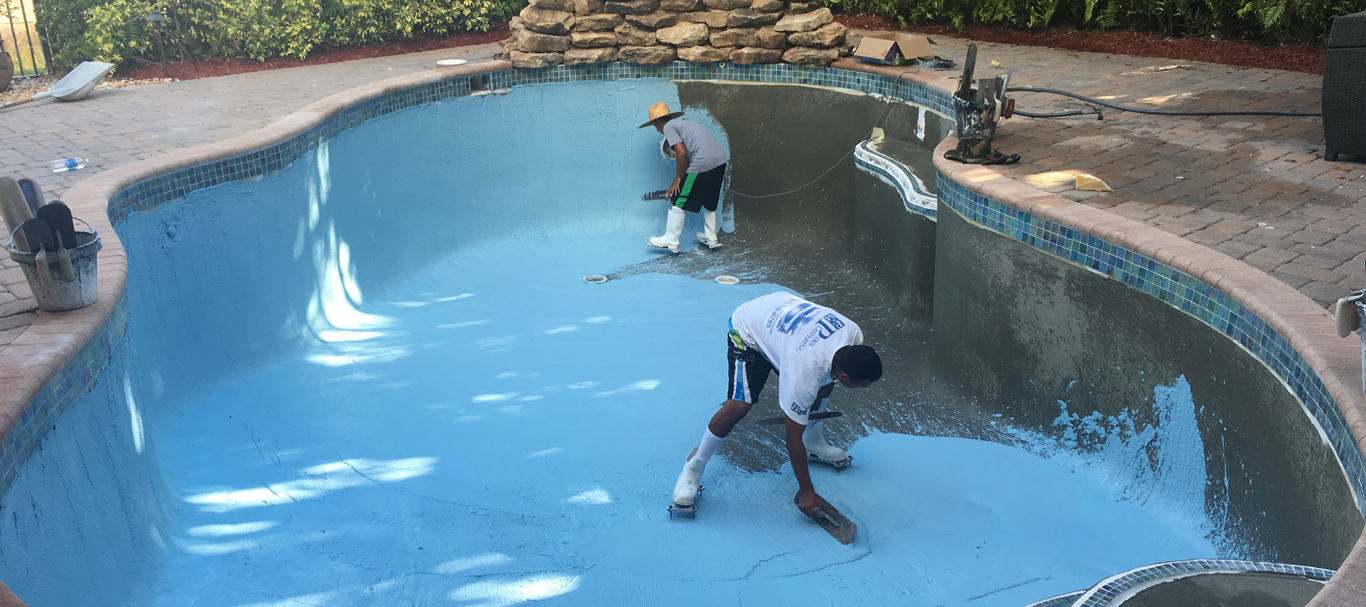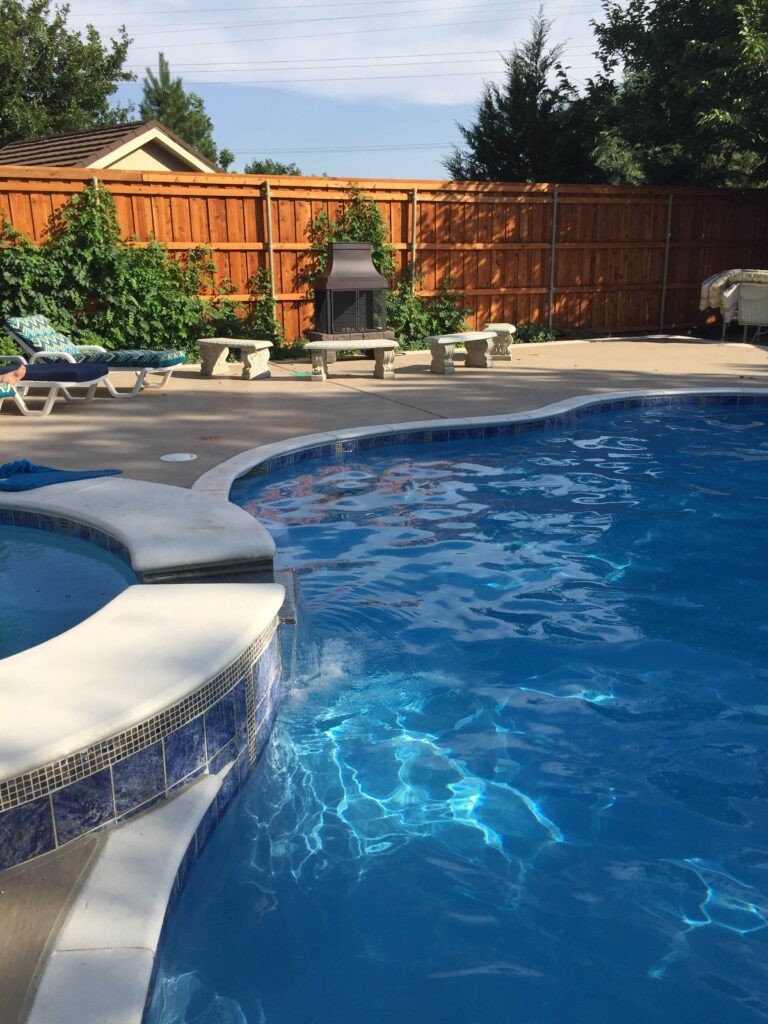If you have neglected your swimming pool for a long time, it’s time to stop procrastinating.
A well-maintained swimming pool provides the perfect chance to relax after a tiring week. You can exercise, play, or float around enjoying the warmth of the sun. And need we mention it adds to the beauty of your house like few other things can!
However, it takes considerable effort to maintain a pool. It would be best if you cleaned it regularly, to make sure there’s no debris lying about, and, most importantly, to keep an eye out on the plaster’s durability. But once the surface has outlived its time, you need to be proactive and make some changes.
We’re going to present you with several options you could consider for pool replastering. While the road is long, it’s not impossible to restore the quality of your pool.
So, let’s get down to business.
Options to Consider

Pool replastering is costly, and you need to know how to resurface it without burning through your savings. While the focus is on plaster, there are many ways in which you can use it. Without further ado, let’s begin.
Plaster
Firstly, there’s the simple technique of using traditional plaster, given that it’s the cheapest of all the options. By using products like Sider-Proof, you can do the resurfacing yourself since it works well with plaster. You need to chip or sandblast the old plaster out, which will leave you with a concrete shell.
Now, you’ll have to apply a bond coat mixed with one or two layers of the new plaster. Choose any color you like to get the desired tint as well as a stunning look. However, it would help if you keep in mind that plaster tends to react with pool water over time.
As a result, you will need more chemicals to maintain water integrity. And in case you’re worried about any harmful implications, you need to add a filter to the initial mixture. If you intend to use white plaster, you’ll have to work hard to maintain water chemistry because the softer marble component in the mix means that it can last anywhere between 5-15 years.
Quartz
If you don’t like the idea of only using plaster, you can also use quartz for pool replastering. The benefit of using quartz is that it helps prevent stains better than plaster, and mixing the two gives you a stronger component. It forms a sturdier surface while adding sparkles to the pool water, thereby lasting longer.
You can mix the quartz with plaster and then expose it to a mist of water to get numerous colored crystals that give a shimmering effect in the sunlight. Now, if you’re concerned about the surface’s coarseness, you’ll be happy to know that it provides one of the smoothest finishes leading to several people opting for it.
Pebbles
Another way of going about pool replastering is to use pebbles along with plaster. While it may appear similar to quartz, using gravel offers better results, and many people prefer it as it gives the feel of a flowing stream or river. But to create a striking illusion, you’ll have to spend a substantial amount.
Meanwhile, pebble with plaster offers more resistance against chemicals and stains than any other replastering technique. You can choose from various colors and play with the idea of having a rock-like texture underfoot, as one may see at the bottom of a water body. Over the years, the color changes, providing a more vibrant and deeper hue.
Likewise, it’s incredibly durable and can last longer than 15 years on occasions while providing a non-slip surface. And you won’t have to put in a lot of effort for its maintenance.
Things to Remember

After deciding on the type of pool replastering you want, there are a couple of other issues to sort out. So, we decided to let you know the factors which could drive up the cost or make it more time-consuming.
Location
It’s ideal if you can do the resurfacing yourself, but if you can’t, you’ll have to call for help. Professionals offer to do your pool replastering, but one of the essential factors is your swimming pool location.
Be selective and make sure that any particular company isn’t situated a long way from your home. Plus, if the pool is in a tight spot, it might require more manpower to get the job done.
Preparation
Preparing before resurfacing plays a significant part in determining how long your swimming pool remains in prime condition. As mentioned earlier, pool replastering is costly and depending upon the situation; you’ll have to decide what materials are needed. You can’t afford to compromise, as an incorrect mixture will lead to the surface degenerating faster.
Before you know it, you’ll have to do the entire process all over again, which isn’t feasible. To counter the problem, it’s best to conduct regular checks and keep a close eye on how the material is holding up. So, when the time comes for replastering, you won’t have to get too extravagant.
Final Words
We have reached the end of our detailed guide and hope you have a better understanding regarding pool replastering.
The process may appear confusing, but the reality is that it’s not complicated. Regular maintenance will go a long way to ensure you don’t have to spend too much time or money when you have to replaster your swimming pool.
You must ensure that you carry out the necessary check-up before fixing on any material. Be careful to look after the mixture’s integrity and let your imagination run wild to get a beautiful pool suitable for your backyard. That’s all the time we have. So, get the replastering done and enjoy your time in the water.
Until next time. Ciao!






